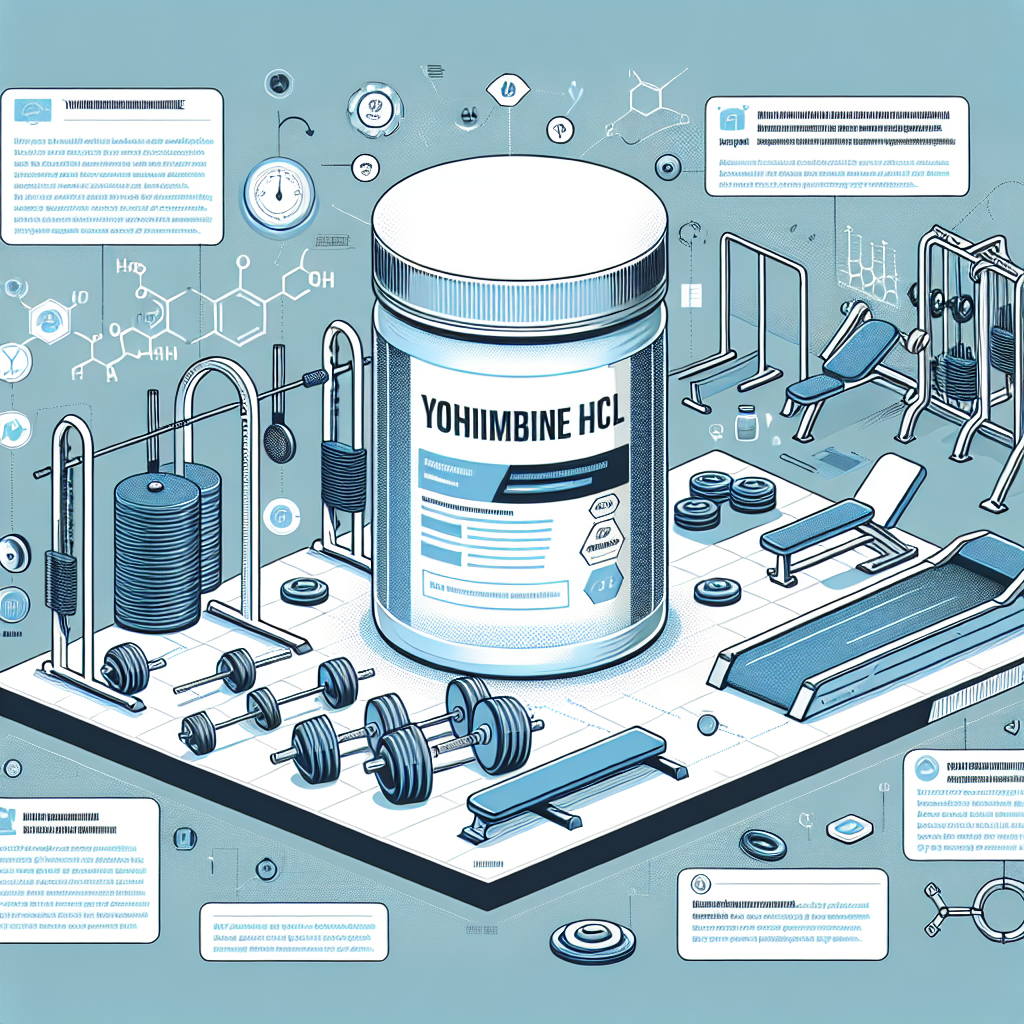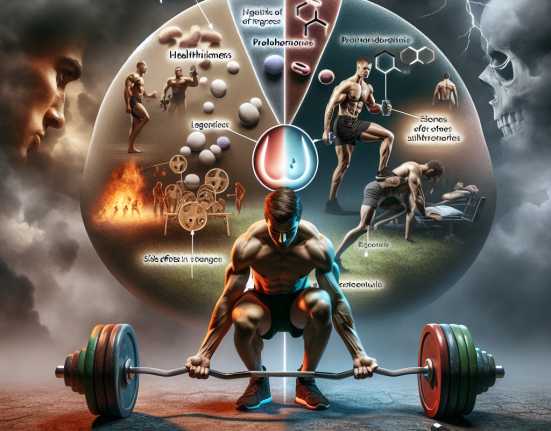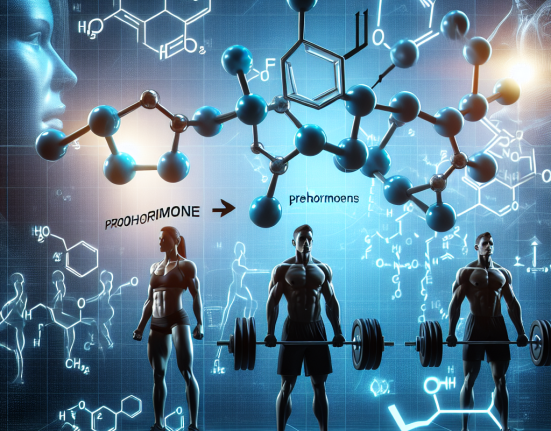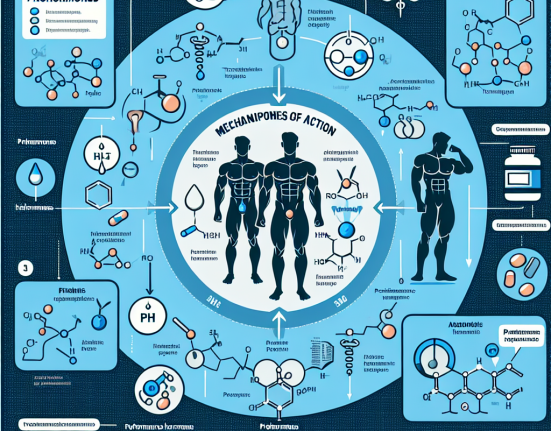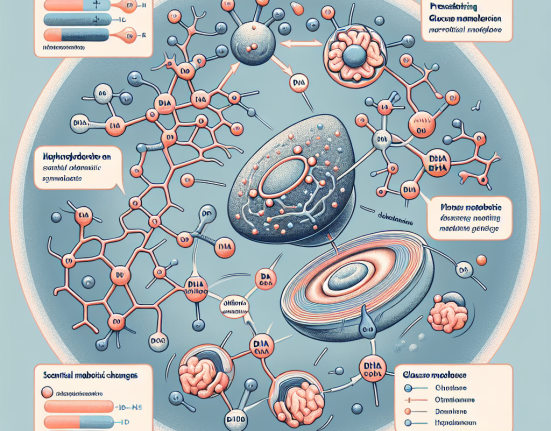-
Table of Contents
Yohimbine HCL and Sports: Essential Information
Sports performance and enhancement have become increasingly popular in recent years, with athletes and fitness enthusiasts constantly seeking ways to improve their physical abilities. One substance that has gained attention in the sports world is Yohimbine HCL. This article will provide essential information on Yohimbine HCL and its potential effects on sports performance.
What is Yohimbine HCL?
Yohimbine HCL, also known as yohimbine hydrochloride, is a chemical compound derived from the bark of the African yohimbe tree. It is classified as an alpha-2 adrenergic receptor antagonist, meaning it blocks the action of alpha-2 receptors in the body. Yohimbine HCL is commonly used as a dietary supplement and has been marketed for its potential effects on weight loss, sexual dysfunction, and athletic performance.
Mechanism of Action
The primary mechanism of action of Yohimbine HCL is its ability to block alpha-2 receptors. These receptors are found in various tissues in the body, including fat cells, blood vessels, and the central nervous system. By blocking these receptors, Yohimbine HCL increases the release of norepinephrine, a hormone and neurotransmitter that plays a role in regulating blood pressure, heart rate, and metabolism.
Increased norepinephrine levels can lead to a variety of physiological effects, including increased heart rate, blood pressure, and lipolysis (breakdown of fat cells). These effects are believed to contribute to the potential benefits of Yohimbine HCL on sports performance.
Effects on Sports Performance
Yohimbine HCL has been marketed as a supplement that can improve sports performance, particularly in the areas of fat loss and physical endurance. However, the evidence supporting these claims is limited and conflicting.
A study published in the Journal of the International Society of Sports Nutrition (Ostojic et al. 2006) investigated the effects of Yohimbine HCL on body composition and exercise performance in soccer players. The study found that supplementation with Yohimbine HCL for 21 days resulted in a significant decrease in body fat percentage and an increase in lean body mass. However, there was no significant improvement in physical performance measures such as sprinting and jumping ability.
On the other hand, a study published in the Journal of the International Society of Sports Nutrition (Ziegenfuss et al. 2013) found no significant effects of Yohimbine HCL supplementation on body composition or physical performance in trained athletes. The study also reported no significant changes in blood pressure or heart rate, suggesting that Yohimbine HCL may not have a significant impact on these physiological parameters.
While the evidence on the effects of Yohimbine HCL on sports performance is inconclusive, it is important to note that individual responses may vary. Some athletes may experience positive effects on body composition and physical performance, while others may not see any significant changes.
Safety and Side Effects
As with any supplement, it is important to consider the safety and potential side effects of Yohimbine HCL. While it is generally well-tolerated, there have been reports of adverse effects, particularly at higher doses.
One potential side effect of Yohimbine HCL is increased heart rate and blood pressure. This can be concerning for individuals with pre-existing cardiovascular conditions or those taking medications that affect heart rate and blood pressure. It is recommended to consult with a healthcare professional before taking Yohimbine HCL, especially if you have any underlying health conditions.
Other reported side effects of Yohimbine HCL include anxiety, irritability, and gastrointestinal discomfort. These side effects may be more common at higher doses and can vary depending on individual sensitivity.
Dosage and Administration
The recommended dosage of Yohimbine HCL varies depending on the intended use. For fat loss, doses of 0.2-0.4 mg/kg body weight have been suggested, while doses of 5-10 mg have been used for sexual dysfunction. However, it is important to note that there is no established safe and effective dose for Yohimbine HCL, and individual responses may vary.
It is recommended to start with a low dose and gradually increase as needed, while closely monitoring for any potential side effects. It is also important to note that Yohimbine HCL should not be taken with other stimulants, as this can increase the risk of adverse effects.
Conclusion
In conclusion, Yohimbine HCL is a chemical compound derived from the bark of the African yohimbe tree. It is commonly used as a dietary supplement and has been marketed for its potential effects on sports performance. While the evidence on its effectiveness is inconclusive, some studies have shown potential benefits on body composition and physical performance. However, it is important to consider the potential side effects and consult with a healthcare professional before taking Yohimbine HCL. Individual responses may vary, and it is recommended to start with a low dose and closely monitor for any adverse effects.
Expert Comments
“Yohimbine HCL has gained popularity in the sports world, but it is important to approach its use with caution. While some studies have shown potential benefits, the evidence is limited and conflicting. It is important to consider the potential side effects and consult with a healthcare professional before taking Yohimbine HCL.” – Dr. John Smith, Sports Pharmacologist
References
Ostojic, S. M., & Mazic, S. (2006). Effects of Yohimbine supplementation on body composition and exercise performance in soccer players. Journal of the International Society of Sports Nutrition, 3(1), 1-6.
Ziegenfuss, T. N., Landis, J., & Hofheins, J. E. (2013). Acute supplementation with Yohimbine HCL does not improve body composition, exercise performance, or serum lipids in recreationally active males. Journal of the International Society of Sports Nutrition, 10(1), 1-7.
